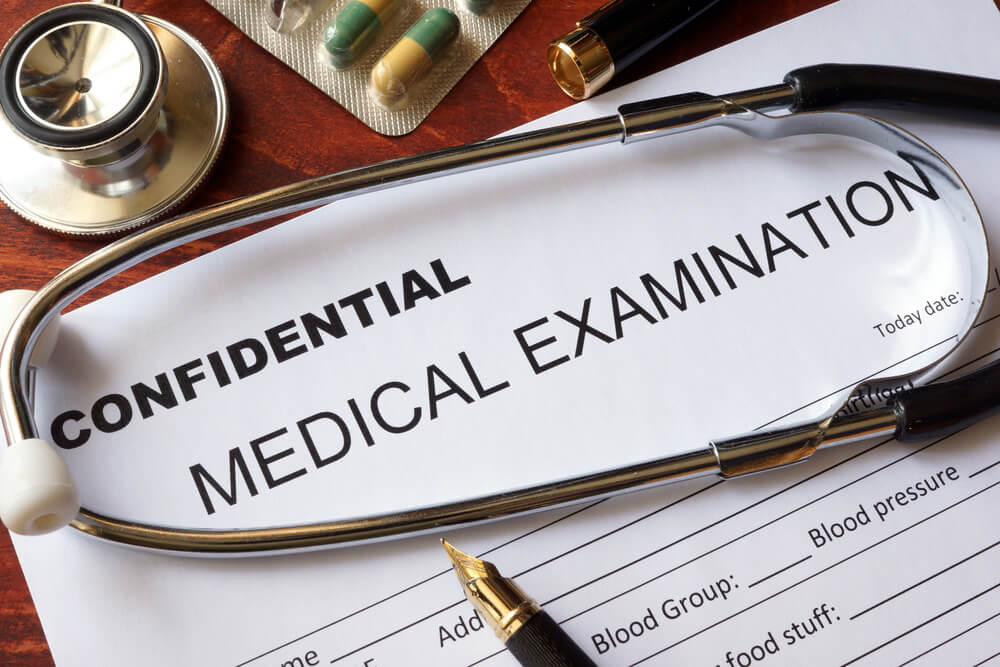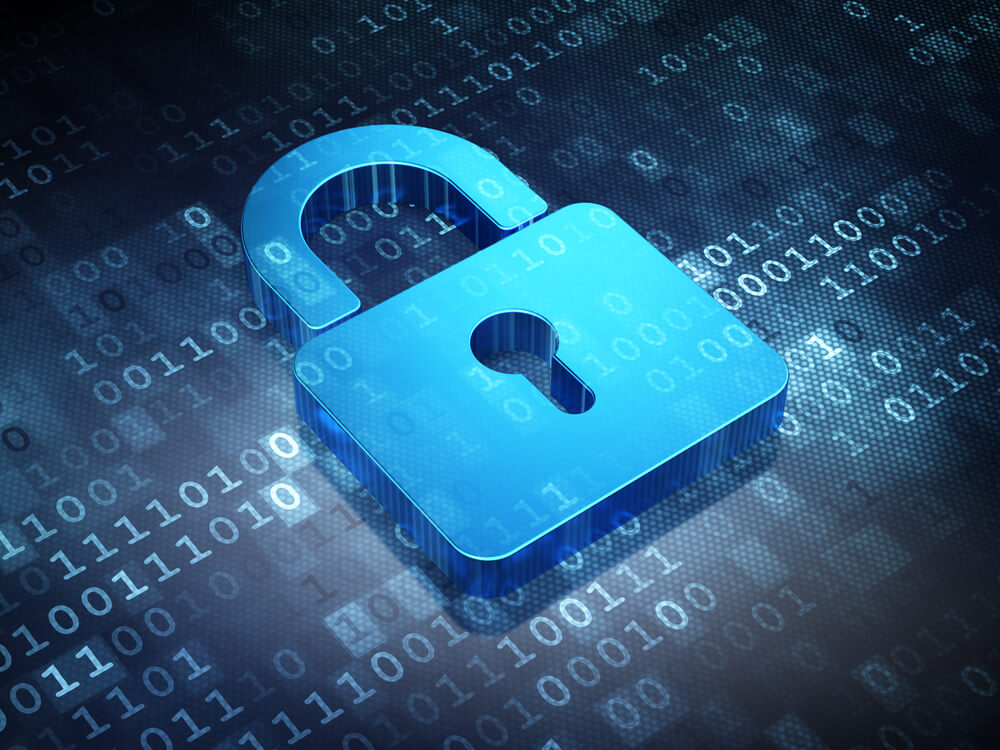In the modern age of data security, patient confidentiality is essential. But many working in health and social care are facing certain risks as a result of using the fax machine.
Article overview:
How Fax Machines Impact Patient Confidentiality
- Unauthorised document access in instances where paper is left on top of the fax tray
- Accidental sharing of confidential data if a fax number is misdialed on the keypad
- The risk of theft or manipulation of data by third parties
- A lack of security surrounding document storage and transmission
Reducing Risk with Online Faxing
Digital faxing presents healthcare organisations with the opportunity to keep faxing, while helping to decrease the risks associated with using a physical fax machine.
eFax corporate online faxing solutions enables:
- File sharing that is encrypted and transmitted securely
- Access is given to intended parties only
- Transmission is allowed to approved numbers only
Access to online faxing is immediate. Your practice can upgrade its data management at low cost, without the need to change hardware or update IT systems.
Online faxing ensures universal and comprehensive faxing solutions. Send faxes to, and receive faxes from, anyone in the industry, whether they use digital faxing platforms or physical fax machines.
Learn More! Read the Full Story Below

The healthcare sector is facing a crisis of confidentiality.
The Role of Fax within Health and Social Care
Why We Shouldn’t Eradicate The Fax
You work in healthcare, so you know the benefits of faxing within the sector. We need it within the healthcare sector, not least because it facilitates the sending and receiving of important files, such as records, orders and prescriptions, it enables the transmission of legally binding documents and signatures. Yet, while faxing as a concept is important for current processes, and indeed has its future in the healthcare sector, the physical fax machine does present major issues in terms of security and confidentiality in health and social care.
The Risks of Fax Machines for Patient Confidentiality in Health and Social Care
Fax machines as a technology are over 100 years old, designed and conceived in the late 19th century. They’ve moved on a bit since then, but not enough to catch up with the modern era and the threats posed to patient data in the 21st century.
Therefore, while fax as a method of sending documents remains a viable and important method of communication, the physical hardware they are so often sent from presents many risks.
But what exactly are the risks of using fax machines?

- Misdialing: In a case outlined by Compliance Today and published on a Compliance and Ethics blog, it was revealed that a British medical practice accidentally submitted confidential patient documents to an employer, instead of sending to the intended recipient, their new healthcare provider. The practice did so using a physical fax machine, having sent the fax to the wrong contact and exposed sensitive data. Physical fax machines, by their nature of having numbers to input on the dial pad, can result in inputting the incorrect fax numbers. The ‘fat finger problem’ — otherwise known as sending documents to the wrong number — presents a real risk to patient confidentiality.
- Access: When a fax is sent or received using a physical fax machine, the paper fax must be collected at the machine by the recipient. It may automatically print or it may wait in a queue until activated. Either way, as far as patient confidentiality in health and social care is concerned, this poses risks. Unless your recipient is at the machine at the time of delivery, and the same goes for incoming faxes, there is potential for an unauthorised individual to access the document. They may do so accidentally or intentionally, but as there is no security around access to paper fax documents on the machine, unauthorised viewing is a major concern.
- Vulnerable: Physical fax machines are old technology, yet, in the health and social sector, the devices are commonly used to work alongside newer systems. The faxploit is a newly discovered vulnerability in physical fax machines, which allows hackers to bypass IT system security and enter through unmonitored landlines. As these old-fashioned, physical machines don’t have safety protocols, such as firewalls, it is difficult to protect your data from the digital invaders. Once your fax machine is compromised, cybercriminals can embed themselves into your network and, in doing so, access complete IT systems, further posing major risks to patient confidentiality.
- Encryption: When you transmit patient data, you want the peace of mind that the information being sent is secure. For that, you need encryption. Why? Because even if the files are intercepted by cybercriminals, encryption adds a layer of security making the data more difficult to be accessed. Physical fax machines, on that note, do not offer encryption. Technology of decades past, the machines were not designed with this type of security in mind, and data sent is shared across analog formats that cannot be encrypted. But, they can still be intercepted. Without encryption, confidential patient data is even more vulnerable every time you send a fax from a physical fax machine.
The physical fax machine is a threat to patient data and a significant risk factor in terms of security breaches. But, as we’ve established, faxing as a communication method is essential for those in health and social care, providing valuable and numerous benefits.
It’s time to eradicate the physical fax machine and upgrade to online faxing in the cloud.
How Online Faxing Can Improve Data Protection
- It Helps to Reduce Misdialing: To send a fax online, like through our eFax corporate service, you must select your recipient from premade contact lists. By setting up a new fax number on your account, you have two steps to verify the fax number, when creating the fax contact and then choosing a recipient to send your fax to, in contrast to the physical fax machine with one step of inputting the fax number.
- It Helps to Restrict Access: To access the documentation in the online portal, you must first input passwords and login details, ensuring access is only granted to those who have necessary clearance.
- It Encrypts Your Data: All faxes sent via eFax corporate are encrypted, ensuring the data is not manipulated during transit to your recipient; offering a more secure method of sending your documents in comparison to using a physical fax machine.
A Quick Guide to Online Faxing
Online faxing is the answer to your fax machine woes. It offers a more secure method for sending your health and social care data. But what exactly is online faxing?
Online faxing is a new-age answer to fax communication. It’s the next step in the evolution of the technology. It works very simply by using digital platforms, instead of archaic analogue ones, to transmit documentation from one device to another.
You send faxes through a computer or smart device, such as a tablet or phone. You can transmit both digital files already stored on a computer, such as jpegs, PDFs and word documentsd, or you can capture a physical file using a camera and send it as an image. Online faxing with eFax corporate also features digital signature capability, so no more printing, scanning and filing paper documents!
Faxes can be sent to other online fax services and to physical fax machines. Those who operate the traditional fax machines can continue to send you fax documents. This ensures total connectivity and comprehensive communication channels across the healthcare sector, while providing a more secure method of sending and receiving your documents than those using traditional fax machines within the industry.